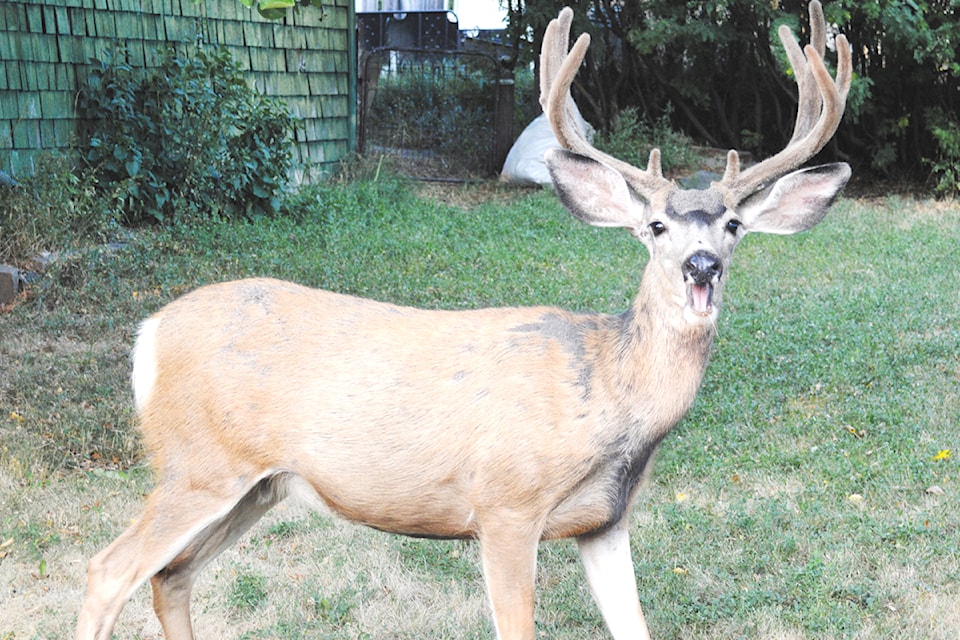The province will conduct sampling and removal of urban deer in Cranbrook and Kimberley to test for the presence of Chronic Wasting Disease (CWD), which was recently confirmed in the East Kootenay earlier this year.
The effort will be done collaboratively with with the Ktunaxa Nation and the two local governments starting in the fall and into the next year. Urban deer are at a higher risk of CWD given the proximity of deer within cities and interactions will wild deer populations, according to a statement.
The province is also working on a long-term CWD management plan based on information gathered during initial and ongoing response, which is being developed in partnership with First Nations and with input from partners.
Chronic Wasting Disease is a fatal infection that affects species in the deer family (cervids), such as mule deer, white-tailed deer, elk, moose and caribou.
Two cases — the first ones in the province — tested positive near Cranbrook in January.
One deer was a road kill female white tail deer on the highway south of Cranbrook, while the second was a male mule deer harvested in the South Country region.
Following the confirmation of CWD in the East Kootenay, the province implemented carcass-transportation restrictions, and updated hunting regulations to include mandatory testing of deer, elk and moose.
Similar regulations are in place for road-killed cervids, according to the province.
Those new hunting and transportation restrictions apply to a CWD management zone that covers 14 wildlife management units in the Kootenay region, including 4-1 to 4-8 and 4-20 to 4-25, which essentially covers the West and East Kootenay to the Alberta border, and as far north as Invermere east down the Elk Valley.
After the initial CWD results tested positive, the province issued wildlife permits for a special harvest of up to 50 deer within the initial response area of where the infected deer were found.
Two deer were harvested under the terms of the initial wildlife permit that allowed up to 25 deer, which expired at the end of March. A new permit allowing the harvest of an additional 25 deer was issued, with a May 31 expiration date, however, the number of deer harvested from the second permit has not been disclosed.
CWD is a condition of the central nervous system caused by infectious agents called prions, which kill cells in the brain as they accumulate and lead to neurological disease.
Prions, a type of protein, also accumulate in other tissues and may be shed by the infected animal into water or on plants and bedding through saliva, urine and feces.
It is 100 per cent fatal with no known treatment.
However it is not known to affect humans or livestock, although public health guidance recommends that animals with CWD should not be consumed.
Animals that otherwise look completely healthy can be infected with CWD, while more visible symptoms may include weight loss, drooling, poor co-ordination, stumbling, or generally sick with no obvious reason.



